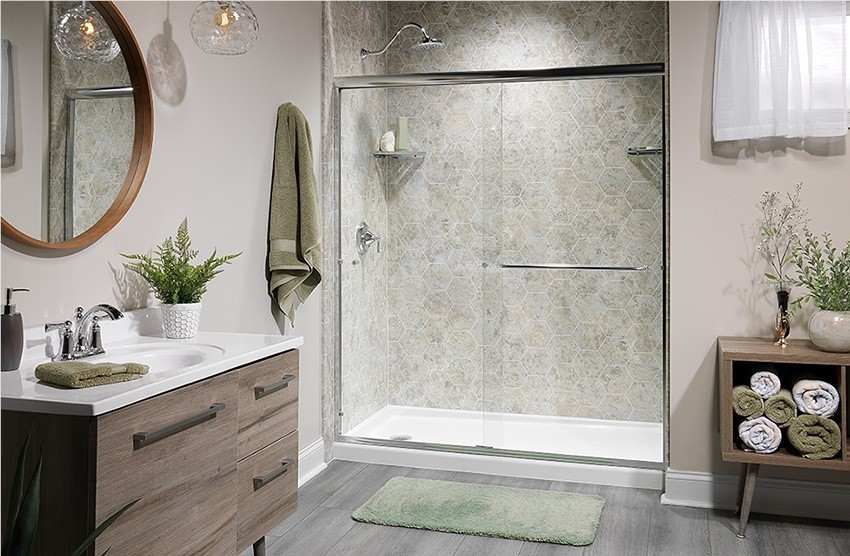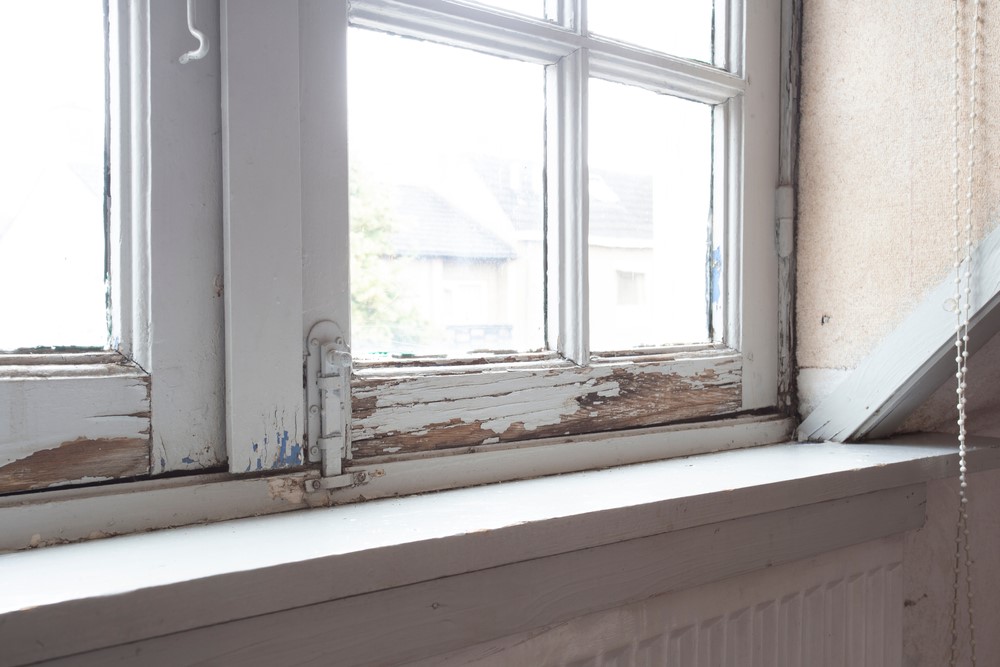Every home project, no matter how exciting it may be, is a bit daunting, as there are many factors to consider. Siding is no different, and homeowners must keep an open mind when choosing a new home siding color. After all, the siding is a major aspect of what creates any home’s look and feel, so you’ll want to get it just right. During the process of residing your home, keep these factors in mind in order to find your right color.
-
Do Your Homework
Inspiration may come from all places, but to get the creative juices flowing, start your project by looking at catalogues, magazines, and websites such as Houzz or Pinterest. You may find that while looking at a home magazine, you like certain styles of siding or even different colors than you previously thought. To take it a step further, take advantage of the digital resources that are available to help you envision how new siding will look on your home. The Dream Designer from Crane allows you to upload a photo of your home and try different styles and colors of vinyl siding to see how it will appear. If you’re interested in fiber cement siding, the Exterior Design Center from James Hardie allows you to choose a home similar in design to your own and digitally sample various products and colors. -
Put Your Heads Together
If you own a home with your spouse or significant other, the project should be a joint effort. Discuss with your partner what your ideas are so far, color varieties that each of you likes and figure out together which colors absolutely will not work. These conversations will greatly help to narrow down your choices. -
Explore Your Neighborhood
When a life-sized example is all you think will help, feel free to get inspiration from others. Take a drive around your own neighborhood and other surrounding areas to see what others in your community have done to their homes. The added benefit to doing this is that you’ll get a good feel for the color palette used in your neighborhood, enabling you to avoid choosing colors that will clash. -
Minimize or Maximize?
It’s common knowledge that painting the walls inside one’s home with dark colors produces a shrinking effect. The same is true of exterior colors. This is why you must think about the effect you want to achieve. If your home is quite large and imposing, neutralize this with a darker siding color. On the other hand, if you really want to make an impact but have a small home, lighter siding will make it pop. -
Exterior Coordination
Though the siding may be the most prominent feature of the outside of your home, it must mesh well with the rest of the exterior. To avoid starting a roofing project too, try to coordinate your siding color with the style and color of the roof. While roof colors are generally neutral, there are some, like blues and greens, which demand a bit more thought when roofing and siding must coordinate. Also consider the color of the existing trim, as the siding is usually a bit darker than such accents, allowing both trim and siding to be adequately highlighted. And of course, bear in mind the style and architecture of the home; after all a 50-year-old home probably won’t look right with bright pink siding! -
Call In the Experts
Just like with any home remodeling project, residing your home requires the advice of an expert. Your home siding consultant should have plenty of samples for you to browse, as well as photos of previous work the company has done residing other people’s homes.
Subscribe to Legacy Remodeling's Blog











Comments